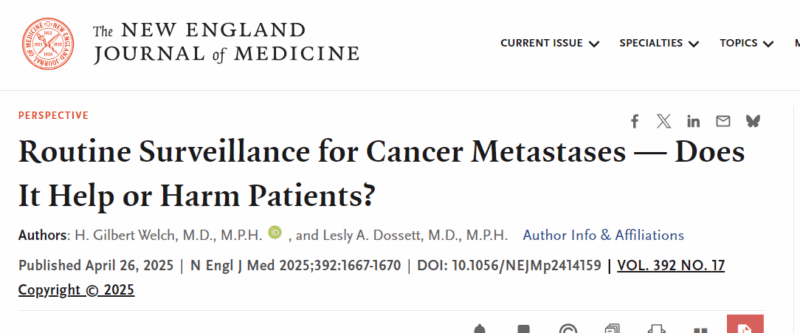Amol Akhade, Senior consultant medical oncologist and hemato-oncologist at Suyog Cancer Clinics and Reliance Hospitals, shared a post on LinkedIn:
“Devil’s Advocate Series | Should We Abandon Routine Cancer Surveillance?
A provocative NEJM editorial argues that routine post-treatment surveillance (imaging, labs—even ctDNA) in asymptomatic cancer survivors may do more harm than good.
NEJM’s Case AGAINST Routine Surveillance:
- No RCTs show a survival or QoL benefit
- Lead-time bias inflates perceived gains
- Scanxiety, false positives, radiation, and financial toxicity
- Surveillance often serves revenue, not outcomes
But here’s the COUNTER VIEW we must not ignore:
Why Routine Surveillance Still Matters (When Done Right):
- ctDNA can detect recurrence months before imaging
- MRD-guided escalation or de-escalation is real-time precision medicine
- Oligometastatic disease may be curable—if caught early
- Many patients value knowledge and psychological control
In the era of liquid biopsy and personalized oncology, should we rethink surveillance—or retire it?
We present both sides. You decide.”
Title: Routine Surveillance for Cancer Metastases — Does It Help or Harm Patients?
Authors: H. Gilbert Welch, Lesly A. Dossett.
You can read the Full Article on The New England Journal of Medicine.
More posts featuring Amol Akhade.

